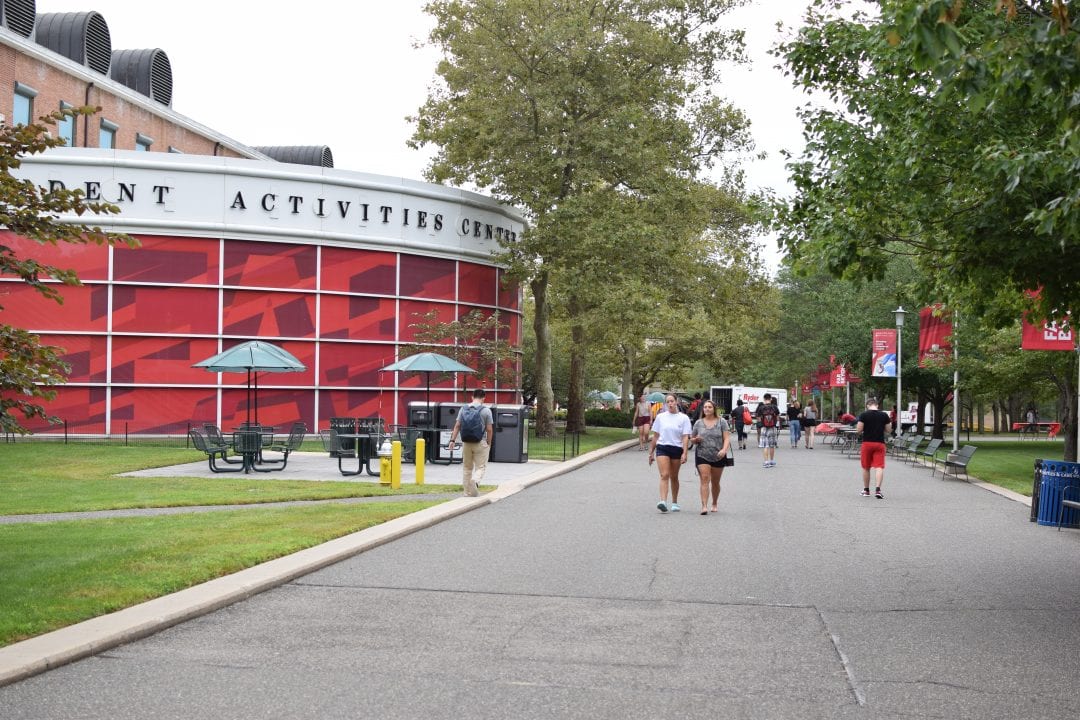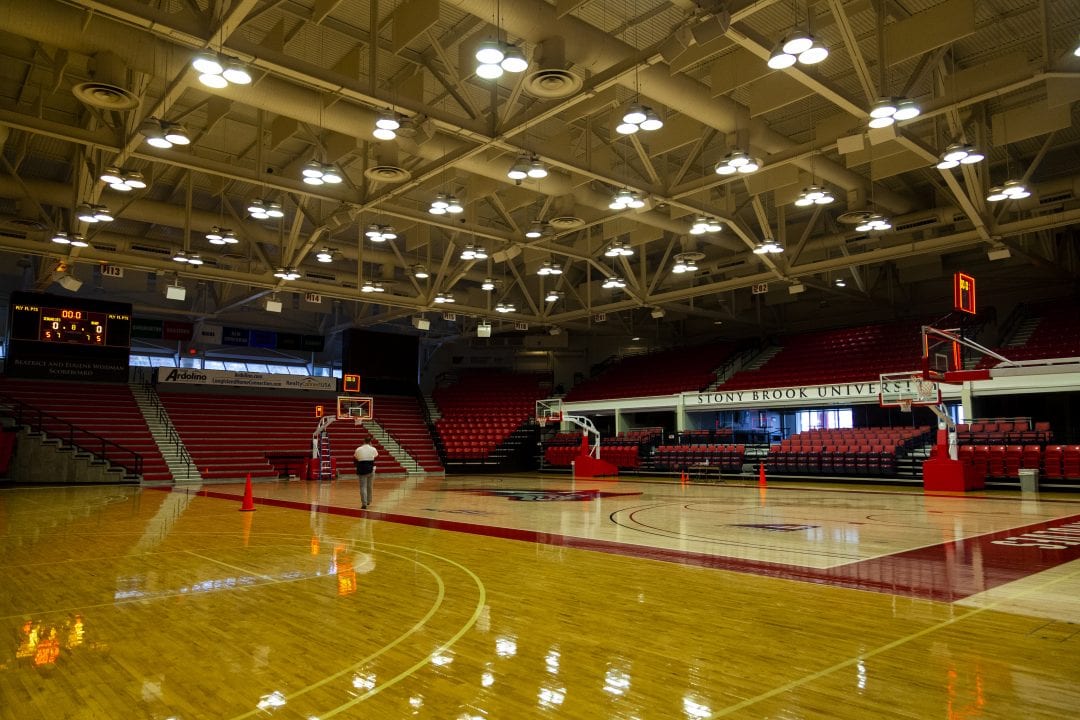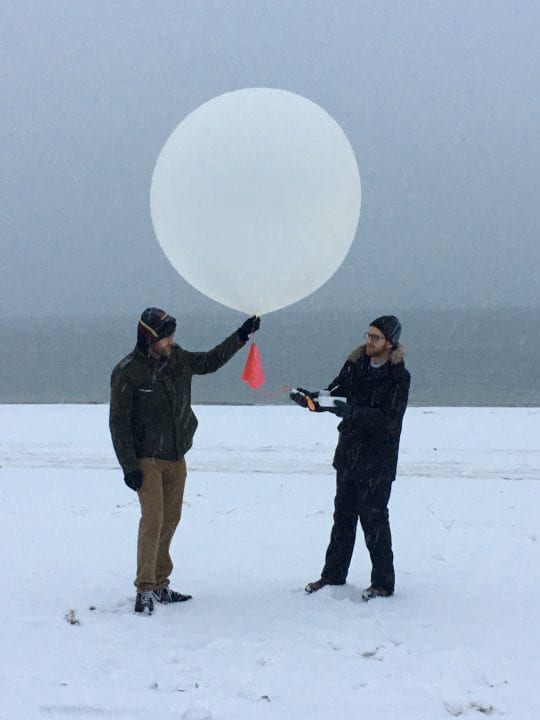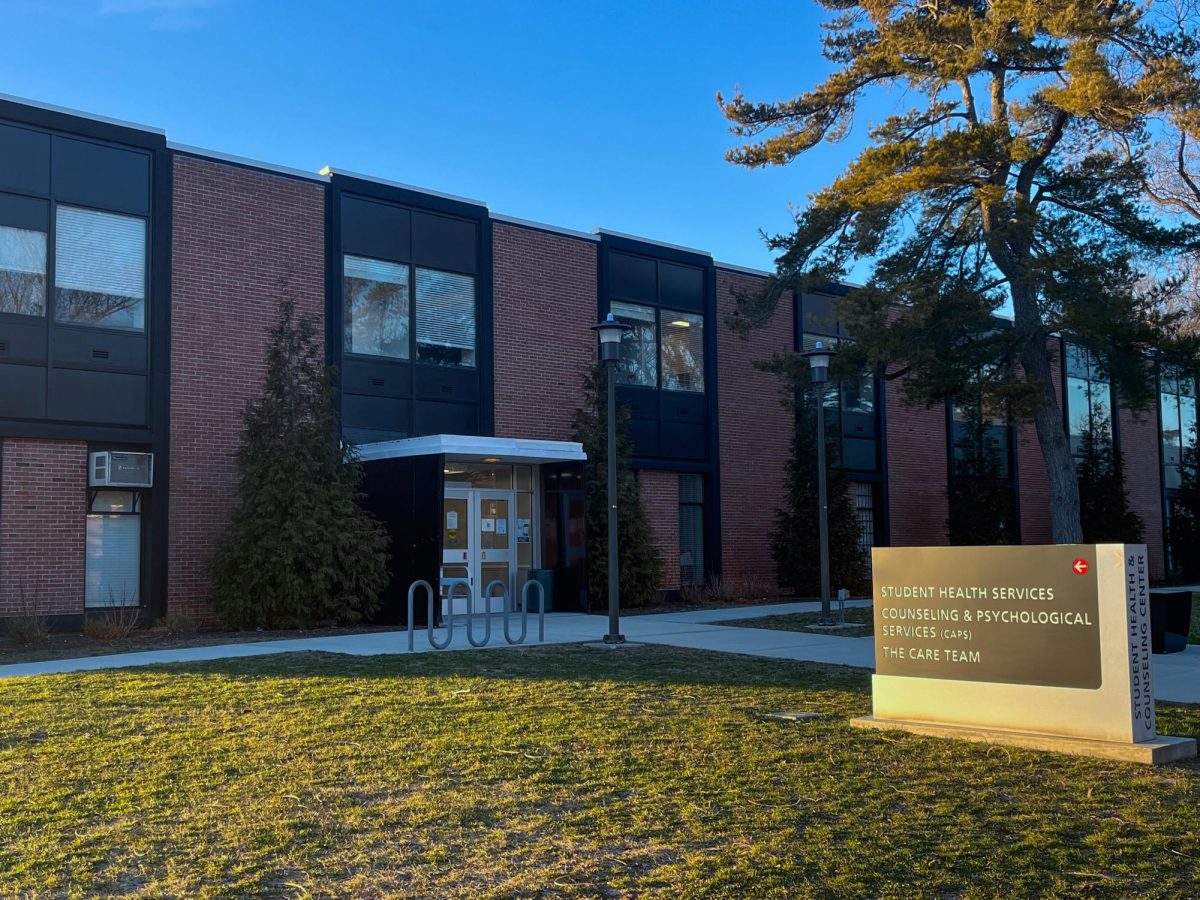
Picture this: you are driving along in bumper-to-bumper traffic, wishing your life would just progress beyond the paint of the lines and then all of a sudden, the traffic is gone. The road opens up, the cars are zooming by but you still aren’t moving. You’re still stuck in the mud. That doesn’t sound fun to anyone, especially the driver who is lagging behind. Luckily for us, we live in the United States and the Federal Auto Safety Regulators just determined that it would be safer for all of us to be behind the wheel of a driverless car; cars that are build with nascent technology that can tell the vehicle how to drive itself.
The “stuck in the mud” analogy is used quite a bit to describe driverless cars. Elon Musk has said it, several auto regulators have said it, but it is an issue that Americans don’t seem to understand. Simply put, we need driverless cars to progress in our future and the ruling last week puts us one step closer to their reality.
We’ve already seen several auto-driving scenarios. All model Teslas (aside from the Roadster) have auto-drive. Toyota and Audi are toying with the idea; in reality, every car company is probably looking at the possibilities it presents to the driver. It has been proven to work.
Some of you may not be convinced, but how about no more traffic? Yep, driverless cars could help that. How about no more driver strain? Yep, driverless cars could help that too. According to a study done by Harvard Health Watch, the average American ends up spending nearly 4.33 years of their lifetime driving behind the wheel. I’d like to spend that 4.33 years doing other things. Honestly, the idea of spending 37,935 hours driving is almost nauseating.
If every car was driverless, and every car was automated, we’d lose the ability to form traffic. It literally couldn’t happen. Traffic is caused by human congestion and poor decision making. Removing the human from the equation removes the possibility of distraction. Much like an automated assembly line in a factory, robots and automated cars could easily work with one another in a way we cannot. Because we need traffic laws and guidelines, we use lanes and traffic stops. With driverless cars, we’d literally see open roads and cars zooming without thinking about direction, as all the cars are communicating with one another.
But here’s the thing: we’ll never get there in my lifetime. Heck, we probably won’t get there in my children’s lifetime. Driverless cars won’t happen. My pipe dreams of not wasting my life behind the wheel of my 2006 Dodge Magnum are over before they even began.
The real issue of driverless cars boils down the human condition. We are bred to be selfish. We seem to focus on what we want, and that’s not necessarily a bad thing. But because of this instinct, we are forced to be shortsighted. Sure, some of us can see beyond our lifetime and those people are innovators, but for the rest of us, we are stuck in the mud.
So, in the grand scheme of things, driverless cars aren’t way up on our list of priorities. If you tell someone that driverless cars would reduce the traffic down to zero and their commute would be reduced from 2 hours to 10 minutes, they’d be excited. But if you throw in the information that they’d have to pay to get the program going via increased taxes and that it would be a good amount of time before they saw a true end result, they’d instantly say no. It’s what we do.
Driverless cars would work if you could magically convince everyone to stop caring about driving. But I’d still like to drive my dad’s 1989 Porsche 911 because I love the feel of the road when I’m behind the wheel. These issues, these impulses, are the reasons we won’t see driverless cars. We will see augmented driverless vehicles. The Tesla motor revolution will continue, but don’t expect to see full integrated automated systems in the next 100 years, assuming the human race is still around that long.


















